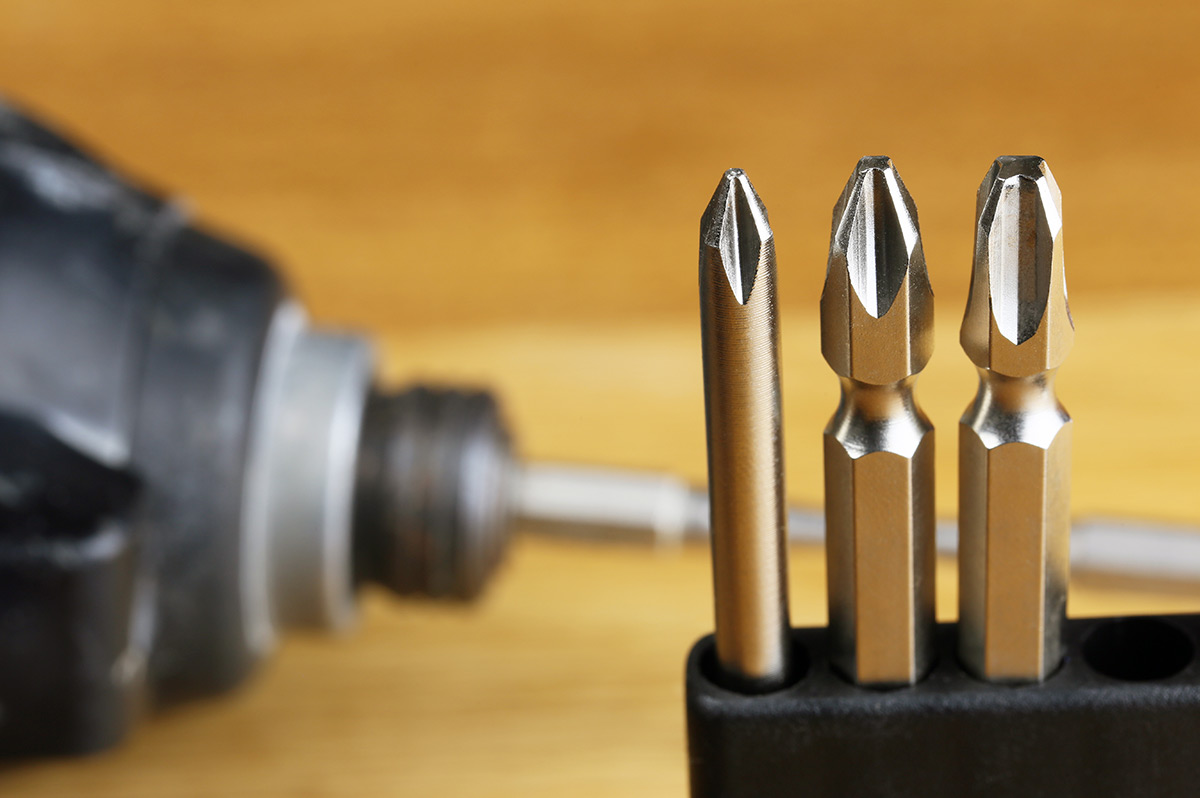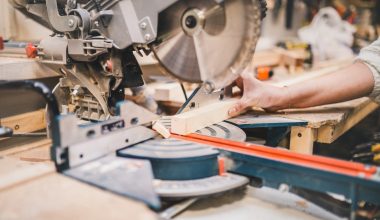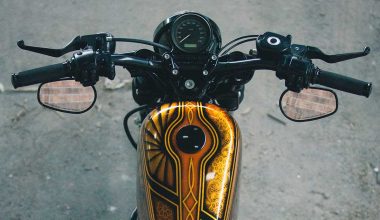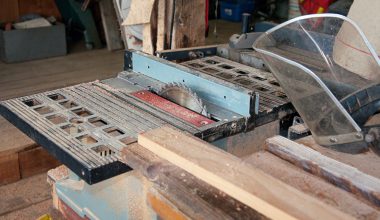Considering purchasing a cordless impact driver? These fantastic tools are often misunderstood and confused with drills and all manner of other machines. In this article we’ll discuss what you can use a cordless impact driver for, and why they are such great tools.
At the most simplistic level, a cordless impact driver is designed for tightening down fixings. This machine will deliver high quantities of rotational torque fast and in a small and lightweight package.
This makes it ideal for construction workers who are looking to put in lots of screw fast, when using a drill could cause them to develop a sore wrist. Construction workers will also use impact drivers for putting in wood bolts, and other self-tapping fixings.
Because you can use a wide variety of different attachments, these tools are also very popular in auto repair shops and other engineering applications. A wide range of hex and torx attachments are available, and you can also use a ¼” hex to 3/8” socket adapter on your impact driver. This adapter will allow you to use small 3/8” nut sockets with your unit, which makes it very useful in assembly and fabrication use cases.
Can you use an impact driver as a drill?
This is one of the questions we get asked all the time. The answer is yes you can, but a cordless impact driver will have some limitations when compared to using a drill for drilling holes.
The first thing is you’ll need to use hex drill bits, which are not as common as cylindrical bits, and are limited when it comes to options such as coatings and upgraded materials. Because there is no adjustable chuck in the impact driver, these bits are not held in place as securely as they would be in a drill. This means they can wobble slightly, which will cause the drill to wander when starting the hole, and will make the hole larger than specified.
Impact drivers also have fewer options available when it comes to speed settings. This means you’ll find it harder to start your hole accurately, especially in metals and plastics where the drill bit has a natural tendency to wander.
Finally, because of the extra torque on offer and the type of drill bit used, it can be easier to break drill bits when using an impact driver, especially when drilling metals and sometimes hard woods.
To sum up, yes you can use an impact driver to drill holes in a pinch, but we don’t recommend it unless accuracy isn’t a concern. If you can, it’s better to use the two tools together, drilling a hole for a fixing first with a high quality drill, and then putting the fitting in with the driver.
What is the best impact driver for automotive use?
Impact drivers are great tools for automotive use, allowing you to quickly take nuts and bolts on and off, and torque things down fast and tight. If you could pick any impact driver, then we wouldn’t hesitate to recommend the Makita XDT16Z.
This fantastic tool has a number of tightening and loosening modes which make life much easier when working on vehicles. The tightening modes feature slow starts, which help prevent you from stripping threads. In addition, there are several torqueing settings so you can tighten bolts accurately. In loosening modes, the Makita will stop before the nut or bolt is completely removed. This really helps prevent you from losing nuts and bolts inside engine bays.
Finally, it’s a very compact and lightweight unit, making it a great choice to fit into the small spaces which are common in automotive. Compared to other drivers out there, it also pumps out some very high RPMs and torqueing numbers, so this unit has both brains and brawn.
Can an impact driver take off lug nuts?
Yes, you can in fact take off vehicle lug nuts with an impact driver. However, that doesn’t necessarily mean it’s the right tool for the job. Typically, this would be the realm of the impact wrench.
The first thing is you need to check you have a driver that delivers enough torque for your lug nuts. For cars, a high-quality impact driver should deliver enough torque, but a cheaper one may not. As you look at pickups and bigger vehicles, you can’t use an impact driver because you won’t be able to achieve enough torque to safely tighten them.
The second issue is you’ll need to find the appropriate attachment for lug nuts. These are typically larger than most of the impact driver fittings and more commonly come with the ½” impact socket fitting. You should be able to find an adapter, but they aren’t as easy to come by as the lug nut sockets for impact wrenches.






